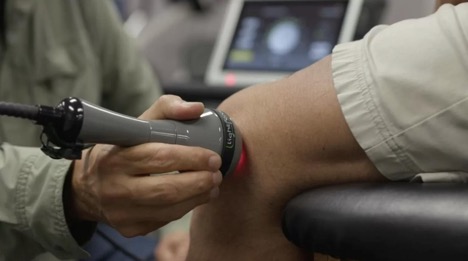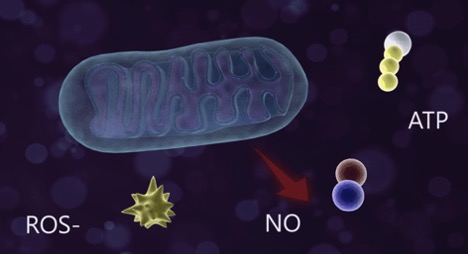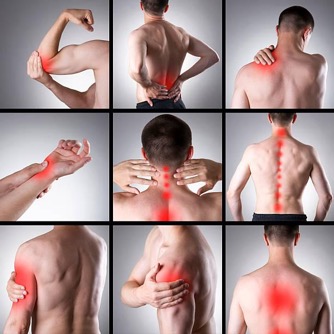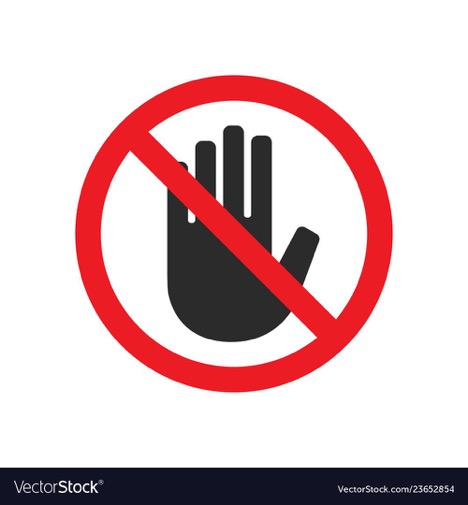What is laser therapy?
It is a modality used in addition to physical therapy interventions that can assist with expediting the healing process by creating a cascade of events that excites the cells of the body and lets the body know that there is an area that needs more help with healing.

The laser stimulates photobiomodulation in body tissues. Most of the activity is found in the mitochondria, organelles that exist within all body tissues, which generate chemical energy to power the biochemical reactions within cells. Cytochrome C, a protein that surrounds the mitochondrial inner and outer layer, increases in electron transport activity. Think of the cells as getting charged up with changes occurring in their chemical gradients. This increases ATP (adenosine triphosphate) production, which means more energy is being produced. Also, NO (nitric oxide) is produced and ROS (reactive oxygen species) is modulated. NO helps to signal expansion of the width of the blood vessels which allows more blood to rush to the surrounding area. Increased blood flow allows for nutrients to be sent to a specific area and also removes any waste products. ROS is a free radical that can accumulate and create oxidative stress (molecular damage), and therefore, modulation of ROS can decrease the harmful stress on the cells of the body. All of these combined processes assist with restoration of normal cellular function, prevention of cellular death, and reduction of the inflammatory process.

What is laser good for?
Osteoarthritis: A review of 22 studies where laser was performed on people with osteoarthritic knees concluded that pain and disability was reduced significantly in the groups that receive laser treatment, while groups that received a placebo treatment did not significantly improve.
Tendonitis: A review of 12 studies where laser was performed on people with achilles tendinopathy and lateral epicondylitis demonstrated improvements in pain reduction and grip strength in comparison to a control group.
Musculoskeletal disorders: A review of 11 studies showed that cervical/lumbar pain and disability significantly improved following laser in comparison to a control group.
A list of additional diagnoses with literature supporting laser treatment:
- TMJ
- Shoulder pain
- Elbow and joint pain
- Fibromyalgia
- Sciatica
- Sports Injuries
- Soft Tissue Damage
- Plantar Fasciitis

How many treatments does it take to start seeing results?
It takes 6-12 treatments with acute and subacute diagnosis while chronic conditions may take longer.

When is laser NOT appropriate?
Over growth plates in children.
Over the abdominal area or the low back/ pelvic area of pregnant patients.
Around glandular tissue (such as thyroid, testes, ovaries).
Over pacemakers or internal pain pumps.
With patients taking photosensitive medications (such as steroids or antibiotics).

Evidence Based Practice
1. “Effectiveness of High-Intensity Laser Therapy in the Treatment of Musculoskeletal Disorders.” Medicine, vol. 98, no. 4, Jan. 2019, p. e14274, 10.1097/md.0000000000014274. Accessed 8 Feb. 2019.
2. Haslerud S, Magnussen LH, Joensen J, Lopes-Martins RAB, Bjordal JM. The efficacy of Low Level Laser Therapy as an adjunct therapy in shoulder tendinopathy: a systematic review and meta-analysis. Physiotherapy. 2015;101:e545. doi:10.1016/j.physio.2015.03.3357
3. Laser therapy medical treatment class IV. LightForce Therapy Lasers. https://lightforcemedical.com/laser-therapy/. Published September 22, 2021. Accessed May 6, 2022.
4. Stausholm MB, Naterstad IF, Joensen J, et al. Efficacy of low-level laser therapy on pain and disability in knee osteoarthritis: systematic review and meta-analysis of randomised placebo-controlled trials. BMJ Open. 2019;9(10):e031142. doi:10.1136/bmjopen-2019-031142
–Dr. Amalia Porcel PT, DPT

Comments